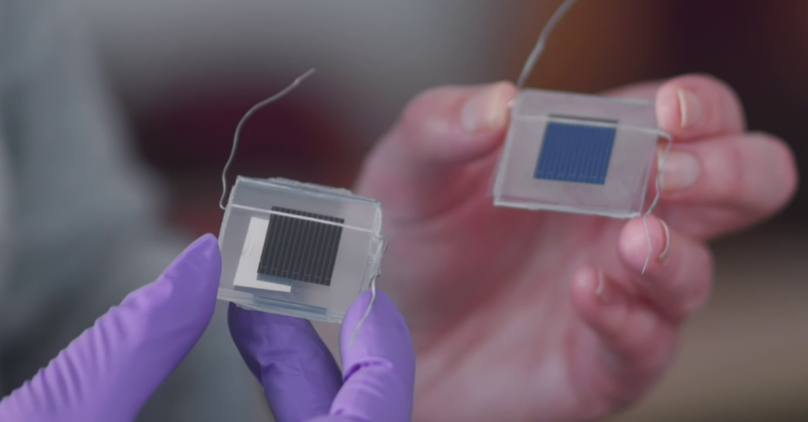Solar power has become a cornerstone of the global clean energy transition, but the technology still faces one persistent limitation: the inherent efficiency ceiling of silicon. Despite years of progress in cost reduction and manufacturing, most solar panels today can only convert a little more than a quarter of incoming sunlight into electricity. The rest is lost as heat, leaving valuable energy untapped.
Cambridge Photon Technology, a materials science spin-out from the University of Cambridge, is on a mission to change that. The company has developed a patented photon-multiplier technology that can increase the power output of standard solar panels by up to 15 per cent without altering their design or production process. It’s a drop-in upgrade that could help solar manufacturers worldwide boost efficiency quickly and affordably.
Today, the company received £1.56 million in new funding, comprising £926,000 in private equity and a £630,000 grant from Innovate UK’s Clean Energy and Climate Technologies programme. The round also attracted support from Cambridge Enterprise Ventures, Spectrum Impact, Tybourne Capital, Providence Investment Company, and SourceSquared.
Addressing one of solar energy’s most stubborn inefficiencies
Behind the company’s work is Dr Claudio Marinelli, a physicist and entrepreneur whose career blends research innovation with practical engineering. Marinelli co-founded the company to address one of solar energy’s most stubborn inefficiencies: the loss of high-energy sunlight that silicon cells simply can’t capture.
At the core of the company’s technology is a thin-film material called the Photon Multiplier. This layer sits inside a standard solar panel and performs a subtle trick of light: it converts each high-energy photon into two photons that silicon can absorb. For manufacturers and installers, it’s a practical way to enhance efficiency at scale and extend the value of their infrastructure.
Unlike Oxford PV, Kubos Semiconductors, and UbiQDs, Cambridge Photon Technology’s innovation stands out for its market-readiness. Its compatibility with standard production methods makes it attractive to an industry looking for straightforward ways to generate more clean power.
Early collaborations with industry partners have helped validate the material’s performance in real-world conditions, setting the stage for larger-scale trials.
What’s next?
The company plans to expand its research and development operations in Cambridge, strengthen its partnerships with solar manufacturers, and initiate pilot demonstrations ahead of a Series A raise. The goal is to bring its first commercial product to market by 2028, offering solar producers around the world a viable pathway to break the long-standing efficiency barrier.
Chris Gibbs, Investment Director at Cambridge Enterprise Ventures, said: “Cambridge Photon Technology exemplifies the kind of transformative innovation needed to accelerate the global transition to sustainable energy and address climate challenges.”
